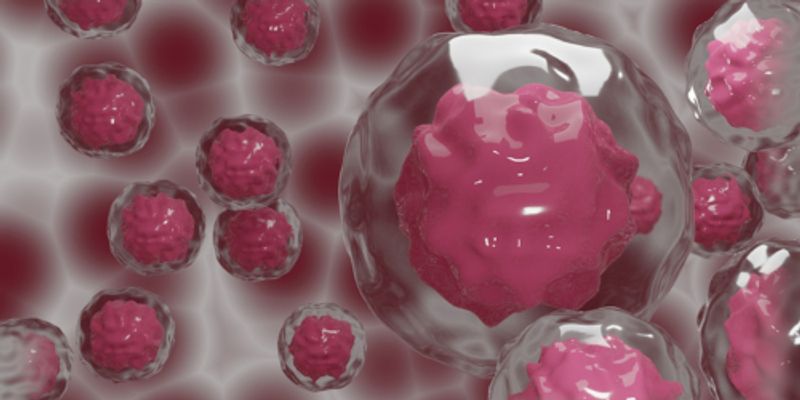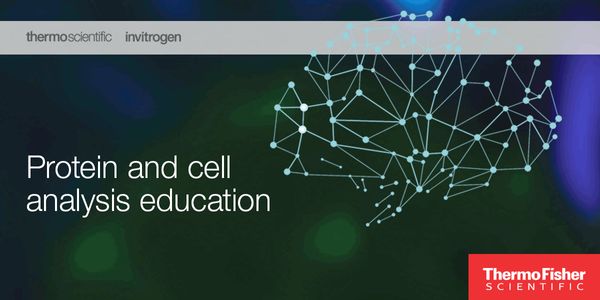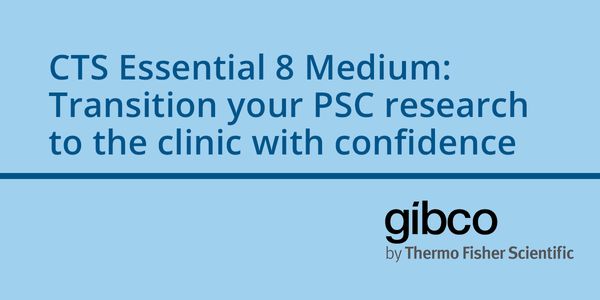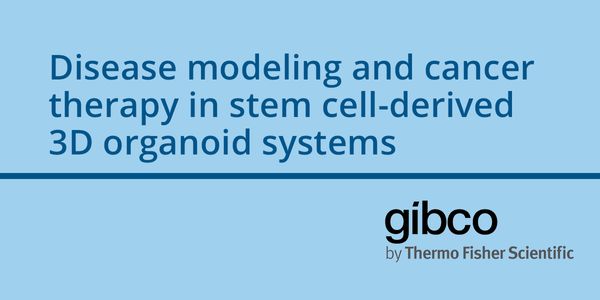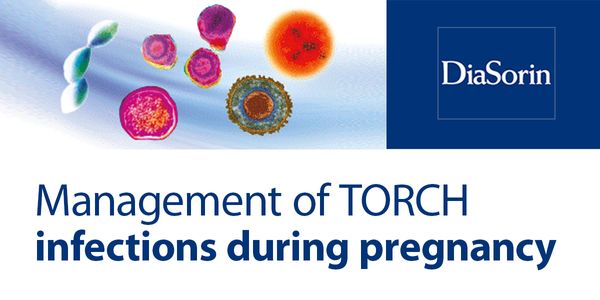Stem cells research
Stem cells are the cells from which other specialized cells throughout the body are generated. Stem cells divide to form daughter cells with specific functions. Stem cells can be obtained from adult tissues of embryos. Research is being conducted to develop treatments for diseases which are caused by or result from tissue or organ damage, such as type 1 diabetes, Parkinson's disease, cancer as well as other conditions like severe burns.
-
NOV 07, 2018 | 8:00 PMDATE: November 7, 2018TIME: 8:00PM PSTExosomes have been shown to have significant roles in cancer including disease progression acting in the tumor micro-environment, metasta...NOV 07, 2018 | 7:00 AMDATE: November 7, 2018TIME: 7:00AM PDTExosomes have been shown to have significant roles in cancer including disease progression acting in the tumor micro-environment, metastasis a...NOV 06, 2018 | 12:00 AMThe last decade has seen a significant shift in the way that mammalian cells are used in biomedical science. Researchers are increasingly turning from simple, reductionist recombinant cells t...NOV 02, 2018 | 12:00 AMDespite exciting recent developments in neuroscience, identifying novel, truly effective treatments for patients with neurological and psychiatric conditions remains highly challenging. There...OCT 30, 2018 | 8:00 AMDATE: October 30, 2018TIME: 8:00am PDT, 11:00am EDT Does your PSC medium support cell therapy? In this webinar, learn about Cell Therapy Systems™ (CTS...OCT 25, 2018 | 8:00 AMDATE: October 25, 2018TIME: 08:00am PDT, 11:00am EDT While the significance of the microbiome is unprecedented, a thorough study to dissect the role of individual popul...OCT 16, 2018 | 6:00 AMDATE: October 16, 2018TIME: 3:00 PM CEST, 6:00 AM PDT This webinar will provide an overview on some pathogens that can be transmitted from mother to fetus du...Two projects looking at novel approaches to targeting inflammatory breast cancer will be presented. Inflammatory breast cancer (IBC) is a unique, understudied, and most lethal subtype account...Speaker: Kevin Williams, PhD
In the last two decades, large amount of next-generation sequencing (NGS) and -omics data has been generated in the field of immuno-oncology. Generating hypotheses by analyzing hundreds if no...
Speaker:
Devendra Mistry, PhD
The oncogenic transcription factor c-MYC (MYC) is deregulated, and often overexpressed, in more than 50% of cancers. MYC deregulation is associated with poor prognosis and aggressive disease,...
Speaker:
Jason De Melo, PhD
In the past two decades a small number of infrequently dividing cells have been proposed as the source of multi-drug resistance during cancer treatment. These cells identified by their expres...
Speaker:
Krastan Blagoev, PhD
PacBio Sequencing simultaneously provides long sequence reads, high consensus accuracy, minimal sequence bias, and methylation detection. I will highlight new advances and updates on applying...
Speaker:
Jonas Korlach, PhD
To date the anatomic extent of tumor (TNM-classification) has been by far the most important factors to predict the prognosis of cancer patients. However, this classification provides limited...
Speaker:
Jerome Galon, PhD
RNA sequencing unlocks the mysteries hidden in the transcriptome. Whether your goal is gene expression analysis, gene fusion analysis, SNP analysis or miRNA expression analysis, achieving hig...
Speaker:
Jonathan Shaffer, PhD, MBA
High-throughput screening is widely useful in identifying genes and pathways that drive changes in cell behavior such as cell cycle regulation, metastasis, and drug resistance. Millipor...
Speaker:
Andrew Ravanelli, PhD
